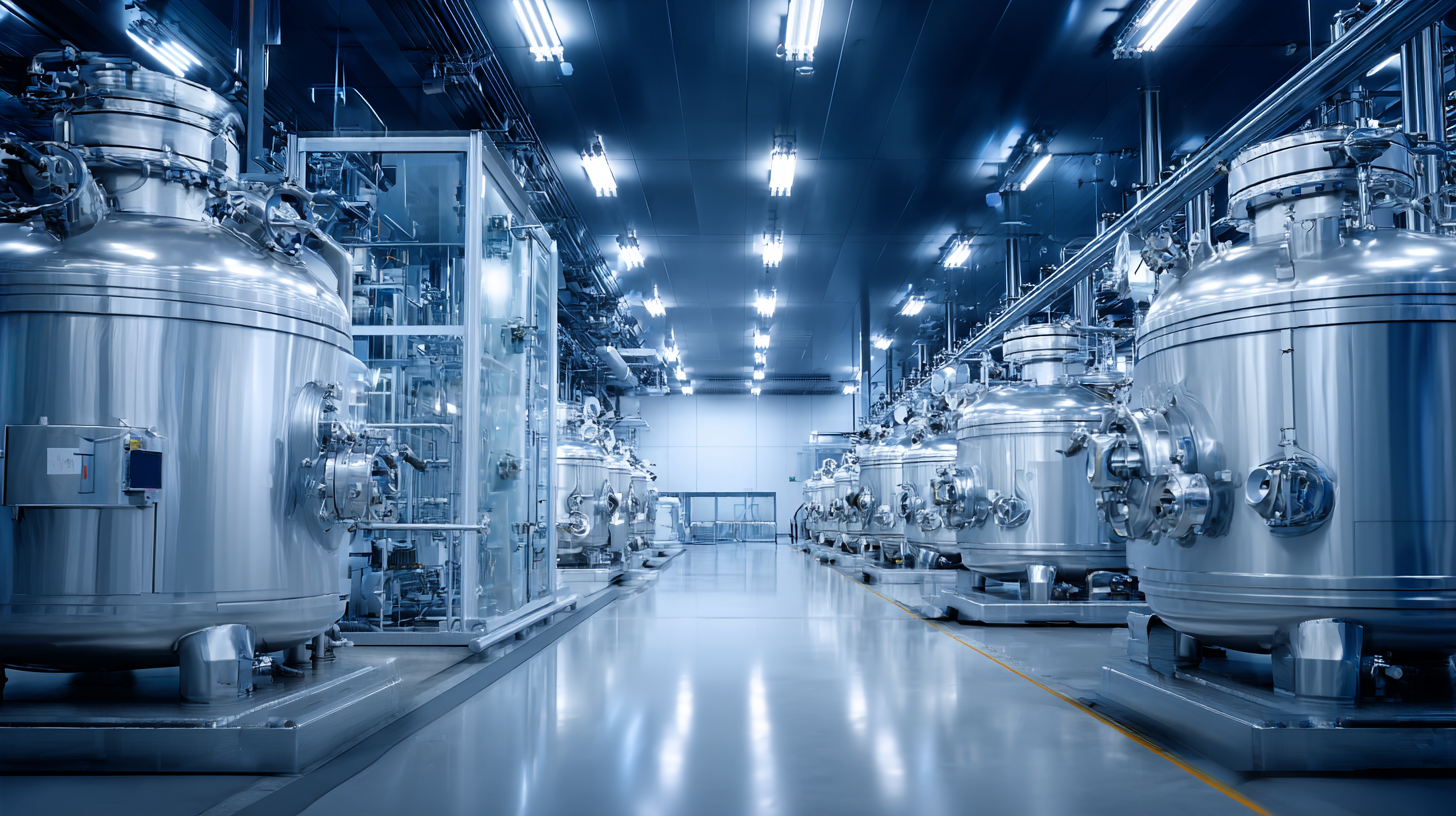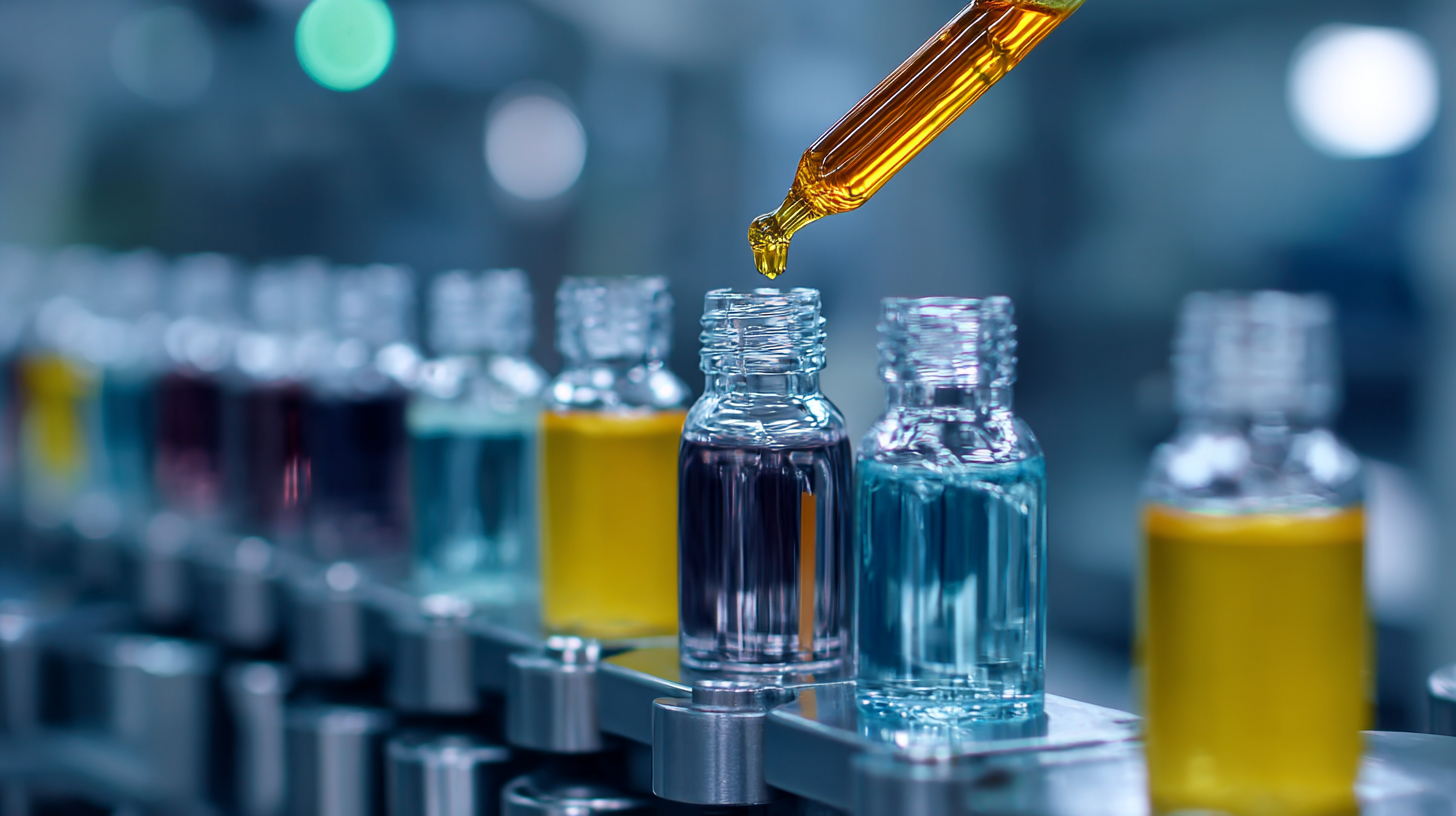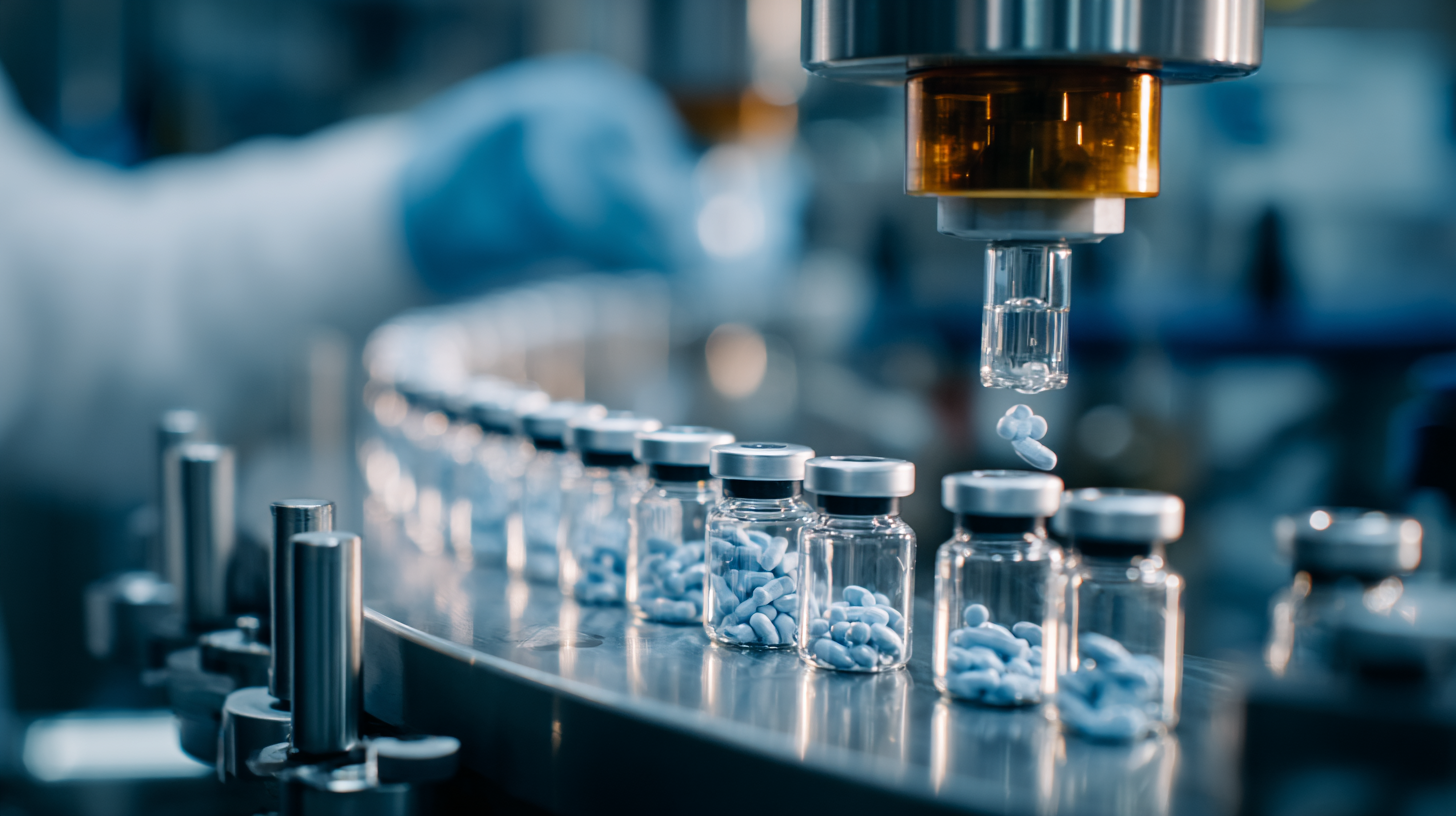In the ever-evolving realm of pharmaceutical development, the importance of efficient and effective API manufacturing has never been more critical. According to a report by Grand View Research, the global active pharmaceutical ingredients (API) market is projected to reach USD 244.3 billion by 2024, with outsourcing trends significantly shaping the landscape. As drug manufacturers seek to enhance productivity while ensuring compliance with stringent regulatory requirements, exploring alternative approaches to API manufacturing has emerged as a focal point of innovation. From continuous manufacturing techniques to advanced biotechnological methods, these alternatives promise not only to improve yield and quality but also to drive down costs. Understanding these emerging strategies is essential for stakeholders looking to maintain a competitive edge in the API manufacturing pharma sector, paving the way for sustainable practices and improved patient outcomes.

The pharmaceutical industry is witnessing remarkable growth in the Active Pharmaceutical Ingredient (API) sector, driven by evolving market demands and regulatory changes. According to projections, the global API market is expected to reach $126.8 billion by 2025 and continue expanding at a compound annual growth rate (CAGR) of 29.64%, ultimately hitting $791.2 billion by 2032. This growth underscores the significant role APIs play in modern drug development, especially as the industry shifts toward innovative therapeutics.
Moreover, the logistics of pharmaceutical products are crucial to ensuring patient access and maintaining drug efficacy. The global pharmaceutical logistics market is anticipated to increase from $800.6 billion in 2025 to $1.4 trillion by 2032, showcasing a steady CAGR of 8.2%. This expansion reflects the urgent need for streamlined supply chains and efficient distribution methods among pharmaceutical companies, particularly as they respond to the growing demand for novel therapies resulting from a robust API landscape. These trends highlight the dynamic nature of the API manufacturing domain and its integral connection to overall pharmaceutical supply chain efficacy.

The rise of biologics has significantly influenced Active Pharmaceutical Ingredient (API) manufacturing practices in the pharmaceutical industry. With the increasing complexity of biologics, manufacturers are compelled to adapt their processes to accommodate the unique requirements of these therapeutics. This shift involves not only technical adjustments, such as enhanced purification and characterization methods but also includes a greater emphasis on environmental sustainability. As highlighted in recent studies, the biopharmaceutical sector is increasingly scrutinized for its emissions, particularly volatile organic compounds (VOCs), which pose health risks and contribute to secondary pollution. Manufacturers must now balance efficient API production with adherence to stringent environmental regulations.
Moreover, the growth of the biotech API manufacturing services market signals a shift towards more sustainable best practices in the industry. By exploring innovative technologies and methodologies, such as lifecycle assessments and resource recovery strategies, companies can mitigate the environmental impacts of their processes. As the market is projected to expand significantly, it is imperative for pharmaceutical manufacturers to integrate sustainable practices that not only support the burgeoning demand for biologics but also align with global sustainability goals.
| Dimension | Traditional API Manufacturing Practices | Biologics Impact | Alternative Approaches |
|---|---|---|---|
| Production Method | Chemical synthesis | Cell-based production | Continuous manufacturing |
| Regulatory Framework | Traditional GMP | Modified GMP for biologics | Adaptive regulatory pathways |
| Cost Factors | Lower initial investment | Higher production costs | Cost-sharing collaborations |
| Time to Market | Longer timelines | Potential for expedited processes | Rapid prototyping and scale-up |
| Quality Assurance | Standard testing methods | New analytical techniques | Real-time quality monitoring |
In recent years, the pharmaceutical industry has increasingly recognized the importance of sustainability in the manufacturing of active pharmaceutical ingredients (APIs). With the current ecological challenges, the environmental impact of pharmaceutical production has come under scrutiny. A study highlighted that the manufacturing of APIs generates significantly larger environmental footprints than excipients, prompting a shift towards integrating lifecycle assessments into formulation processes. For instance, utilizing life cycle assessment (LCA) has helped quantify the carbon footprint of oral medications, attributing an estimated 20-55% of healthcare's overall carbon emissions to pharmaceuticals.
To tackle these sustainability challenges, companies are exploring innovative approaches such as recycling technologies and decarbonization strategies in the API production process. As recent insights indicate, reducing the carbon footprint of API manufacturing can be achieved by adopting more efficient practices that comply with growing regulatory demands. Furthermore, enhancing collaboration across the supply chain is vital in addressing Scope 3 emissions, which represent the indirect impact of an organization’s activities. By placing sustainability at the core of API manufacturing, pharmaceutical companies can significantly mitigate their environmental impact while maintaining high-quality production standards.
The pharmaceutical industry continuously seeks innovative methodologies to enhance Active Pharmaceutical Ingredient (API) manufacturing. Advanced technologies are paving the way for increased efficiency, improved quality control, and reduced environmental impacts. For instance, the introduction of continuous manufacturing processes over traditional batch methods allows for real-time monitoring and adjustments, which can significantly minimize production-related errors and waste. These methods not only streamline operations but also enhance the scalability of drug production, meeting the rising global demand for pharmaceuticals.
Furthermore, the integration of artificial intelligence and machine learning in API manufacturing processes heralds a new era of innovation. By leveraging data analytics, manufacturers can optimize their production schedules, predict equipment failures before they occur, and reduce downtime. Additionally, advancements in biocatalysis and enzyme technology are revolutionizing the synthesis of complex molecules, offering greener alternatives for producing APIs. This shift towards sustainable practices is essential, as the industry aims to reduce its carbon footprint while still providing effective treatments to the market.
The pharmaceutical industry has witnessed rapid advancements, yet regulatory challenges remain a significant hurdle that influences the growth of the Active Pharmaceutical Ingredient (API) sector. As we approach 2025, understanding these regulatory landscapes is crucial for manufacturers aiming to optimize their processes and maintain compliance. Stricter regulations imposed by global health authorities are expected to shape the ways in which APIs are produced, ensuring higher standards of safety and efficacy. These regulations not only affect the development lifecycle of new drugs but also introduce complexities in the supply chain, making it essential for API manufacturers to adapt their strategies accordingly.

Moreover, innovative approaches such as Continuous Manufacturing and advancements in quality-by-design (QbD) methodologies can provide solutions to navigate these regulatory challenges. By investing in new technologies and streamlined processes, companies can improve their compliance while also enhancing productivity. As the industry evolves, the ability to align business objectives with regulatory requirements will be a key determinant of success. As we look to the future, those who embrace these alternative methodologies will likely find themselves at the forefront of the API industry's growth, able to meet the demands of an increasingly stringent regulatory environment.